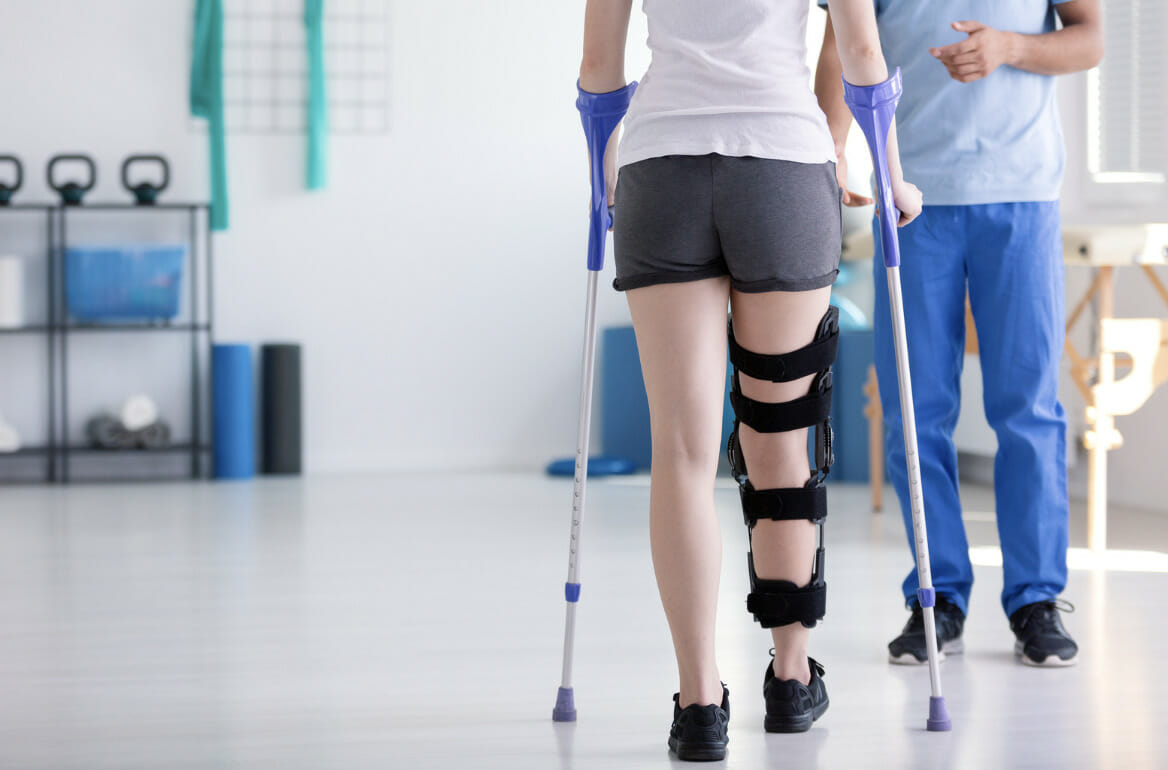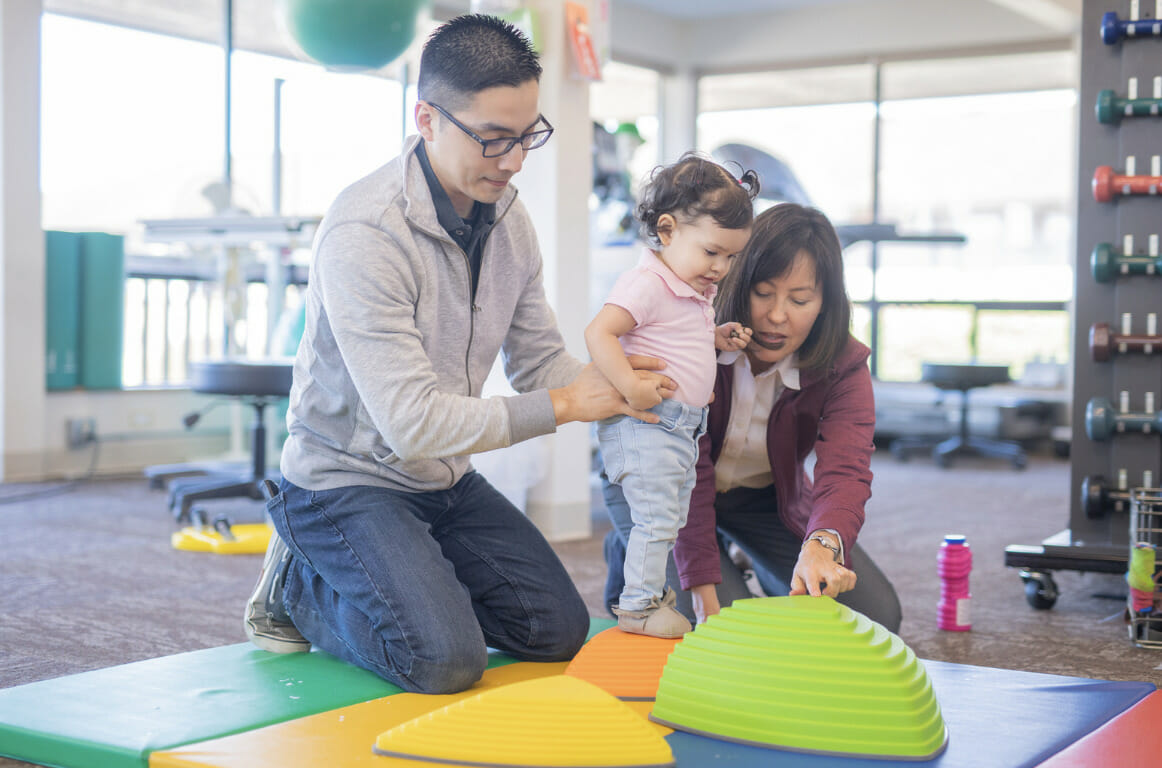Physical Therapy
Physical therapy is a type of therapy that helps people recover from injuries and improve their physical abilities. It can be used to treat a wide variety of conditions.
Physical therapy can help you regain strength and mobility after an injury or surgery. It can also help you manage chronic conditions such as arthritis or diabetes.
Physical therapy can be extremely beneficial for patients of all ages. It can help to improve mobility, reduce pain, and prevent or manage a wide variety of conditions.
Some of the ways in which physical therapy can help include:
- Improving Strength And Endurance
- Increasing Range Of Motion
- Reducing Pain
- Improving Balance And Coordination
- Preventing Falls
- Aiding In Recovery After An Injury Or Surgery
- Improving Function And Quality Of Life
In addition, physical therapy can help to prevent injuries by teaching patients how to properly care for their bodies and avoid activities that may put them at risk.
When Should You Recieve Physical Therapy
People may need physical therapy for a variety of reasons. It can be used to treat injuries, conditions, and chronic pain. Physical therapy can also help people improve their physical function and quality of life.
Some of the different conditions that physical therapy can treat include:
- Sports Injury
- Arthritis
- Stroke
- Cerebral Palsy
- Multiple Sclerosis
- Parkinson's Disease
- Alzheimer's Disease
- Cancer
- Pelvic Floor Dysfunction
- Balance Disorders
Who Will You Be Working With
Eastern Therapy's physical therapists are healthcare professionals who specialize in the treatment of injuries and conditions that affect the musculoskeletal system.
Our physical therapists use a variety of techniques to help their patients improve their physical function and quality of life.
What To Expect From a PT Session
When you see a physical therapist for the first time, they will assess your condition. Your therapist will take specific measurements to assess your condition. Your therapist will talk to you to discuss your goals and help develop the treatment plan to help your recovery.
Based on their findings, they will develop a treatment plan that may include exercises, stretches, manual therapy, and other modalities. They will also provide you with guidance on how to properly care for your body and avoid activities that may aggravate your condition.
After the first session, you will be given exercises to do at home. The therapist will give you specific instructions on how to do the exercises and how often to do them. You will need to practice the exercises regularly to see results.
As you improve, Your therapist will progress your exercises. She/He may also add new exercises to help you achieve your goals.
Some of the Different Treatments that Physical Therapists Use
Adult Physical Therapy:
- Kinesio Taping®
- Manual and Mechanical Traction
- Manual Therapy Techniques
- Myofascial Release
- Therapeutic Ultrasound
- Neuromuscular Electric Stimulation
- Hot/Cold Modalities
- Joint Replacement Rehabilitation
- Neuromuscular Re-education
- Gait & Balance Training
- Total Body Analysis
- Stabilization Training
- Management of Generalized Pain and Weakness
- Strength and Endurance Training
- Functional Training
Pediatric Physical Therapy:
- Gross Motor Skill Development
- Wheelchair Assessments
- Early Intervention Services
- Balance and Coordination Skills
- Age-Appropriate Daily Living Skills
- Adaptive Equipment Purchasing, Education and Modification
- Evaluations for Orthotic Devices and Supports
Physical therapy is a highly beneficial treatment for a variety of conditions. It can help improve strength, mobility, and pain levels. Physical therapy can also help to prevent injuries. If you are experiencing any issues with your physical health, it is important to consult with a physical therapist. They will be able to create a personalized treatment plan that will help you achieve your goals.
Benefits:
- Increased strength, mobility and endurance
- Improved balance and coordination
- Increases transfer safety
- Improved gait (walking)
- Help babies and children meet gross motor milestones
- Reduce pain
- Recover from surgery or injury
- Assessment and education for orthotic supports, assistive devices or adaptive seating supports


